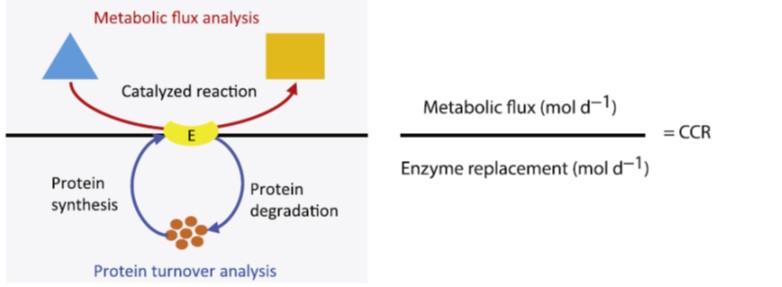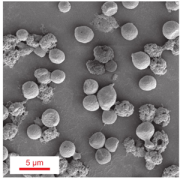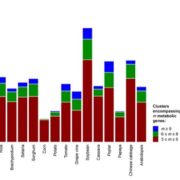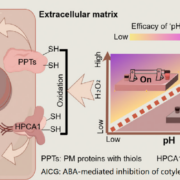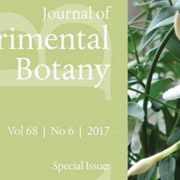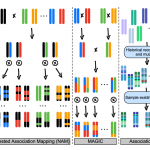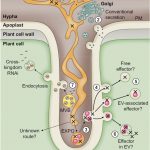Review: Enzymes as parts in need of replacement – and how to extend their working life (Trends Plant Sci)
The ability of biological systems to self-repair is a huge motivator in all sorts of synthetic biology projects. Taking this cell-as-factory to the next step comes the question of how often do the parts need replacing? Tivendale et al. address this through a discussion of Catalytic Cycles until Replacement (CCR). CCR is determined by both rate of catalysis and half-life of enzyme; a slow but long-lived enzyme might have the same CCR as a fast, short-lived one. An overview of tools and methods applied to the difficult task of measuring both rates is discussed – these include metabolic flux analysis through heavy isotope labeling, fluorescently-tagged proteins, and mathematical modeling. It’s interesting to see the median estimates for CCR, protein half-life and kcat values (just for fun, make a guess before you read on). Several interesting observations: CCR ranges over seven orders of magnitude, from 1 to 107, and those with the lowest CCRs have reactive substrates or products. The review proceeds to discuss strategies to engineer enzymes with higher CCRs, through rational engineering and directed evolution. Trends Plant Sci. (Summary by Mary Williams @PlantTeaching) (How was your guess? The article finds median values for plant enzymes: CCR ~3 × 106, enzyme turnover rate 0.1 mol/day, and kcat is 10 mol/sec, or 860,000/day, and assuming enzymes work at ~30% of their kcat).


